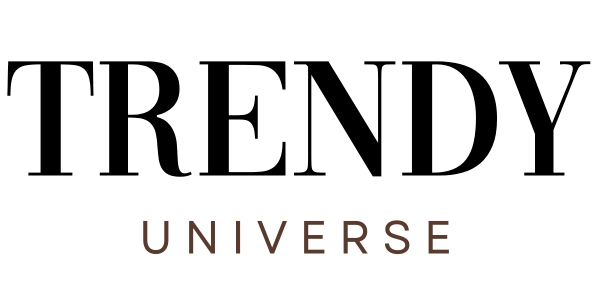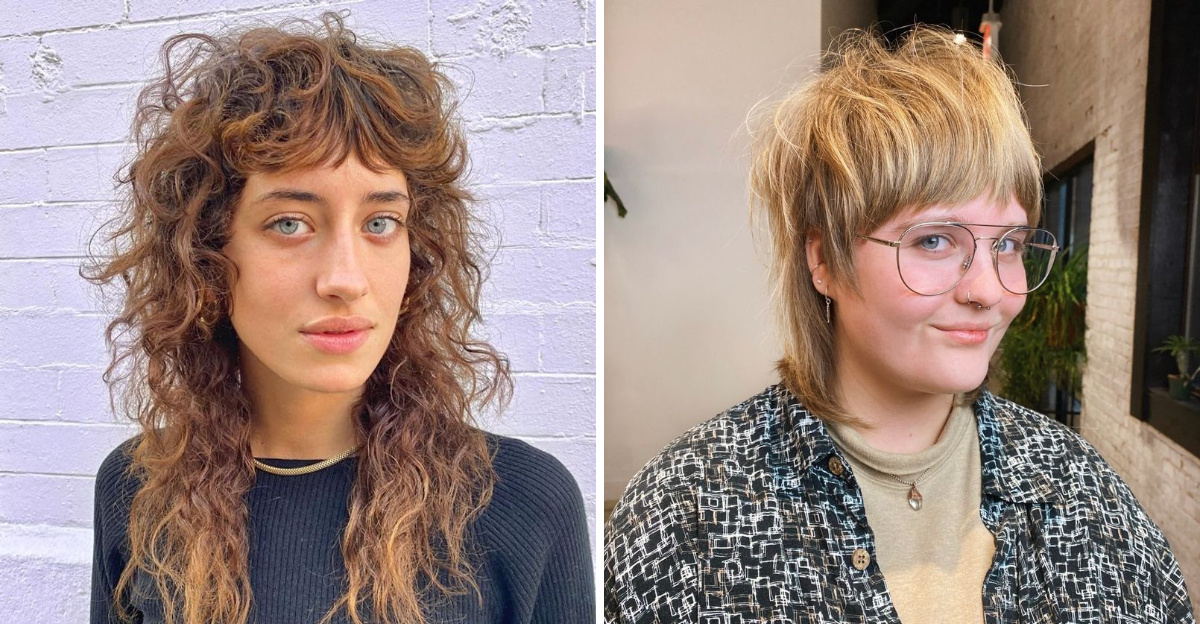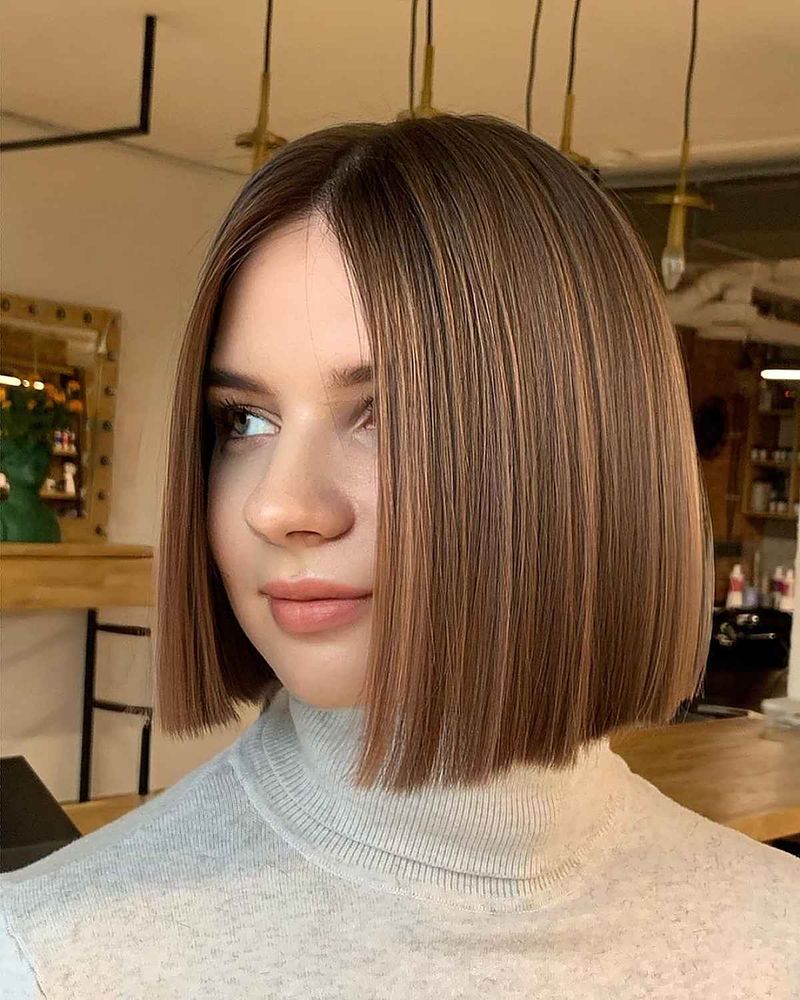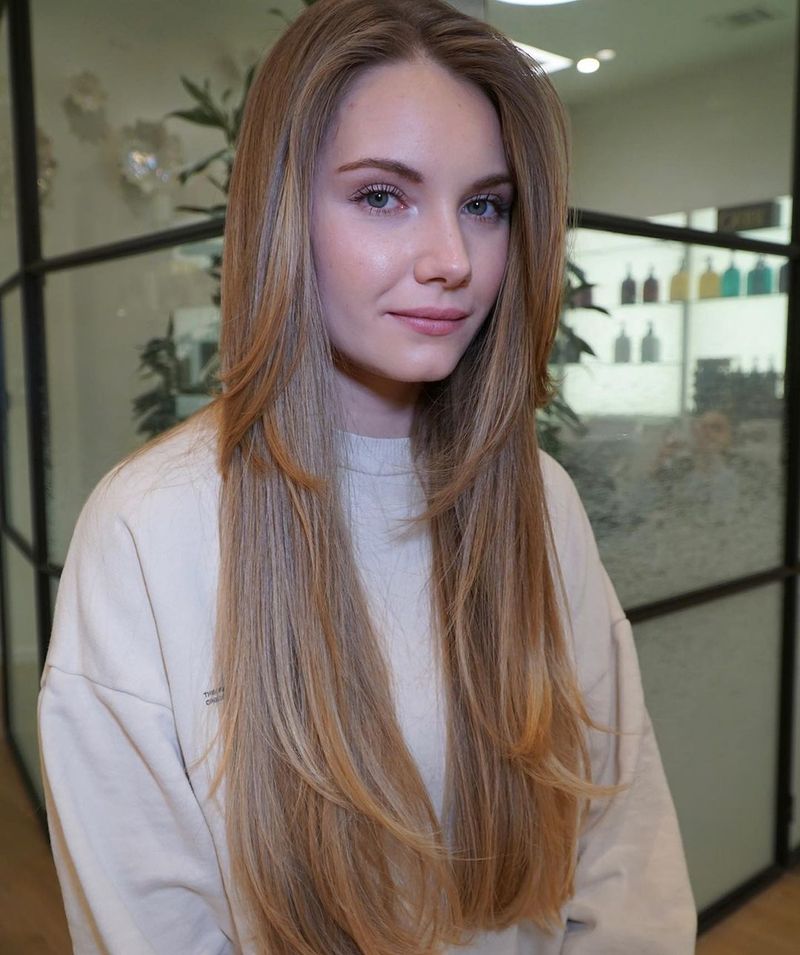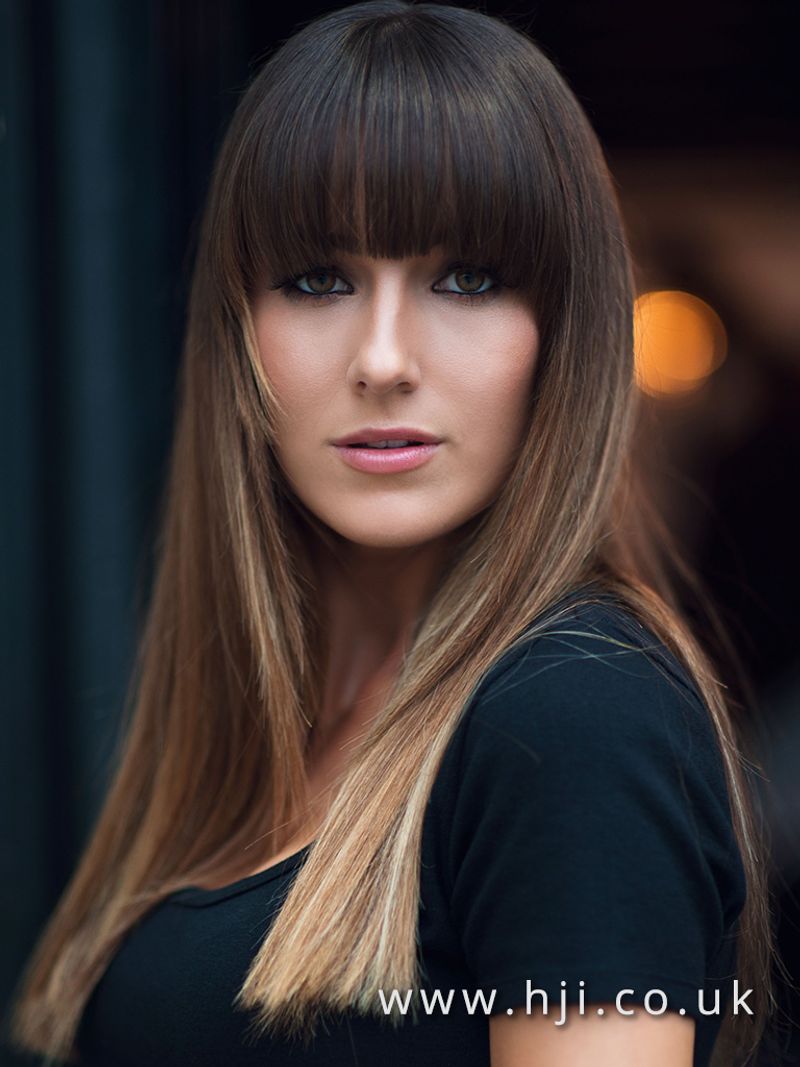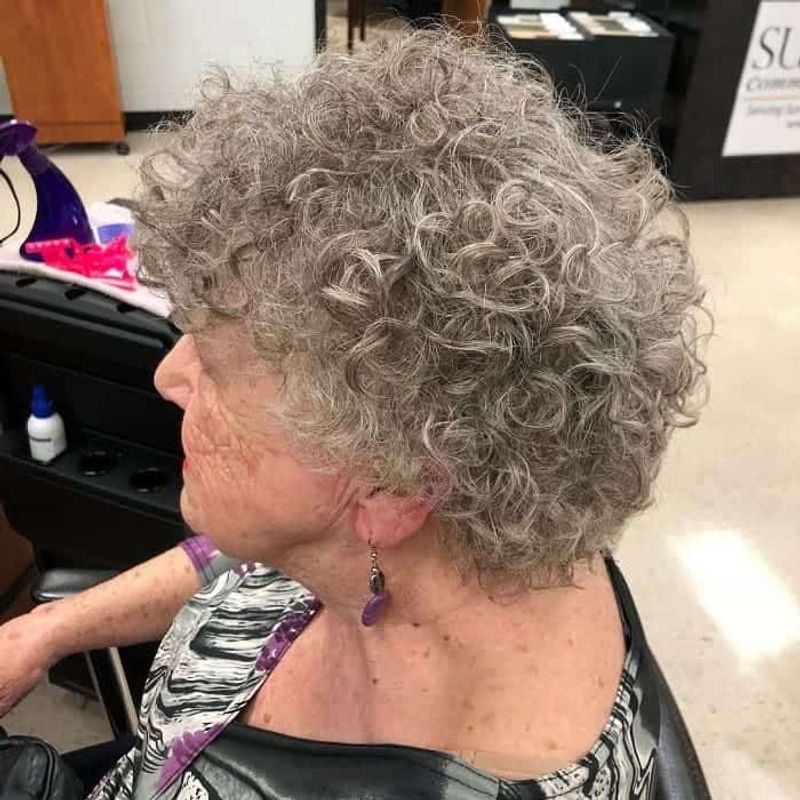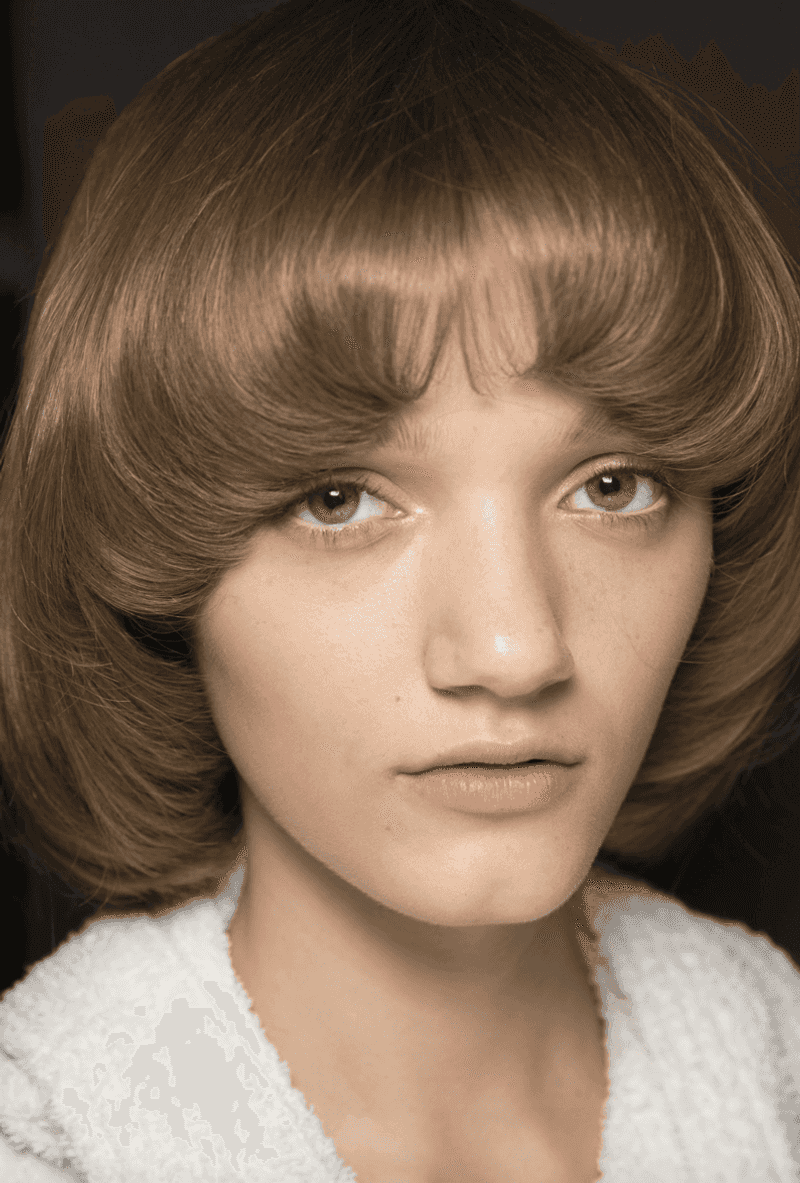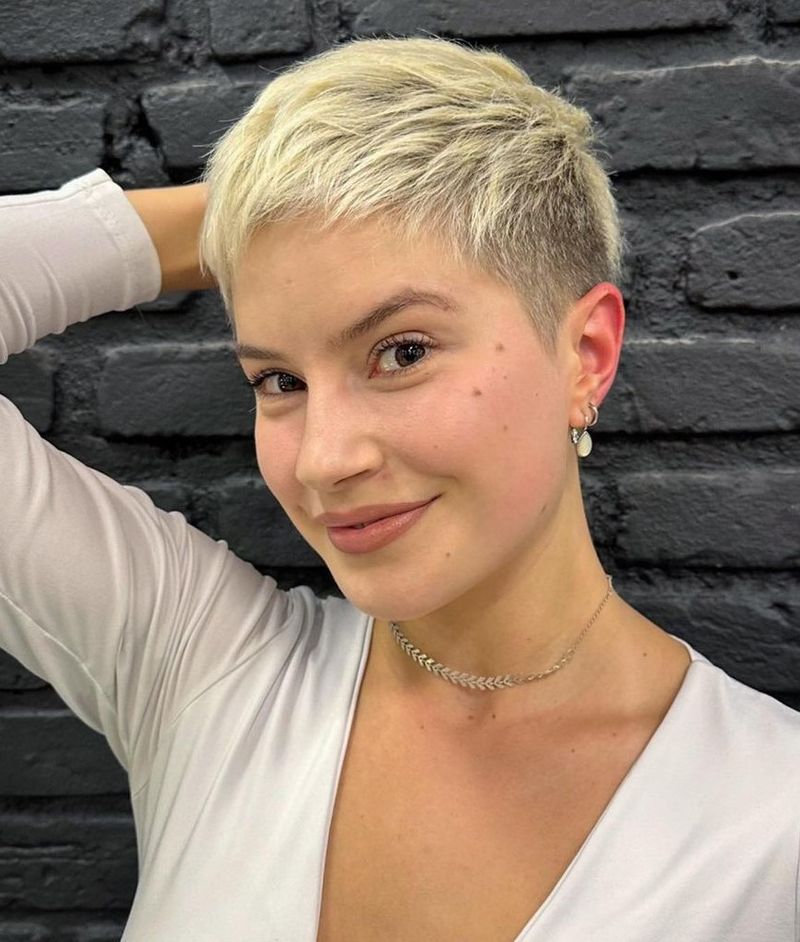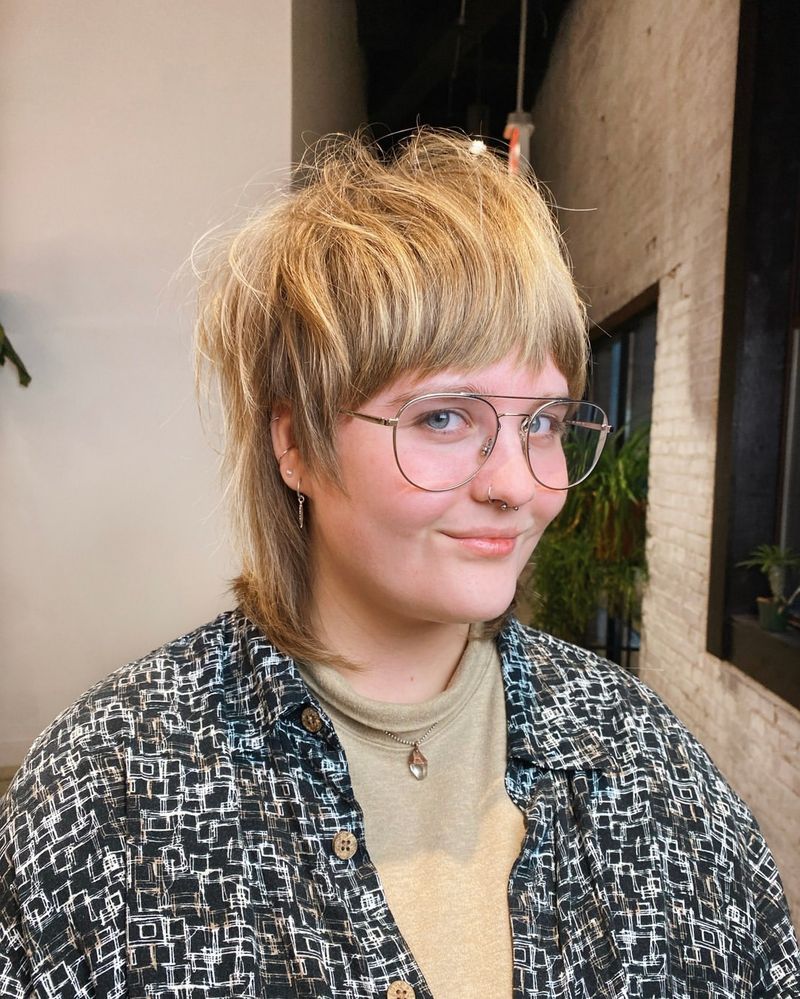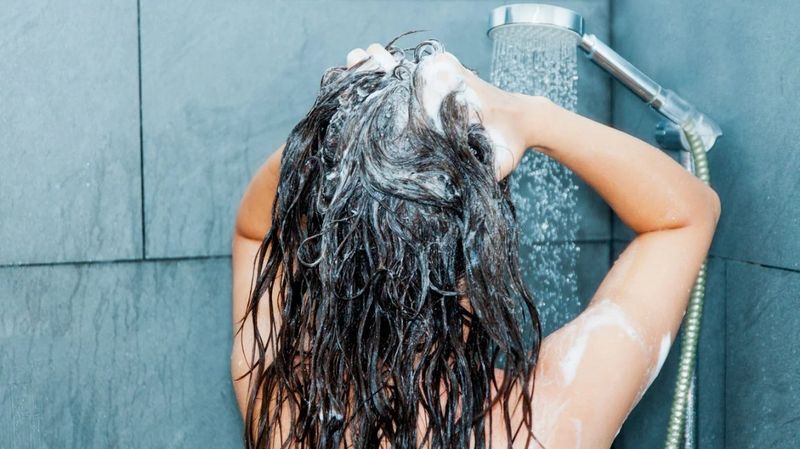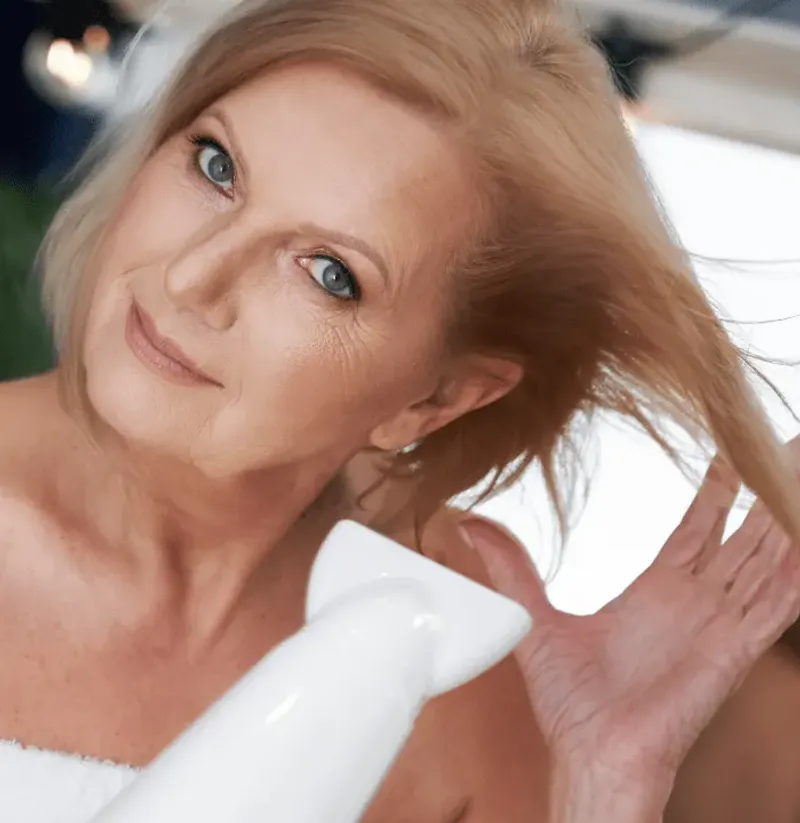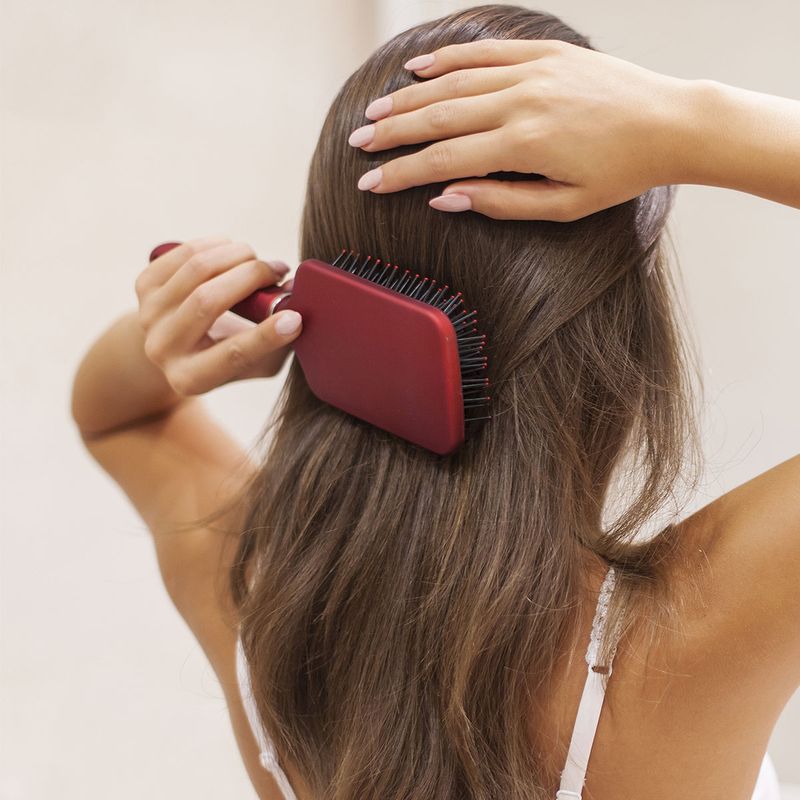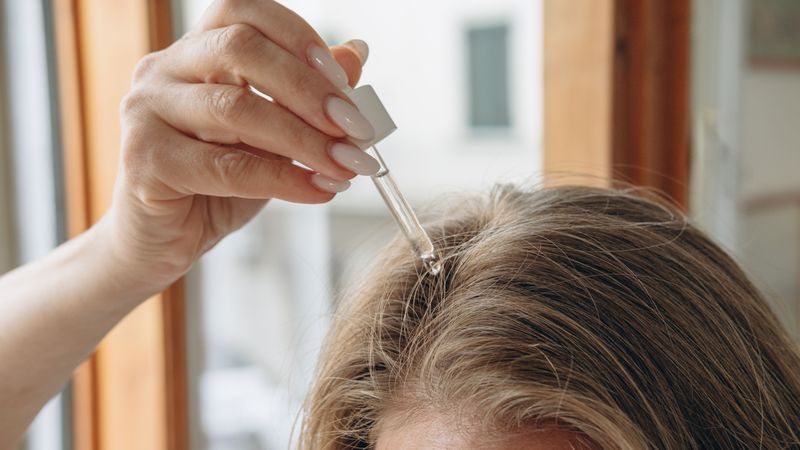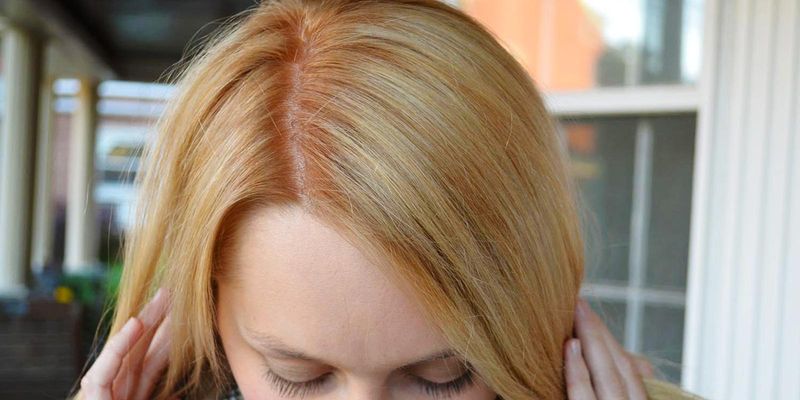Managing thick hair after 50 brings unique challenges as our locks naturally change with age. Many women unknowingly make their hair care routine harder by sticking with outdated styles or falling into common styling traps. Let’s explore which cuts to leave behind and what mistakes to avoid for beautiful, manageable thick hair that works with your lifestyle, not against it.
1. The One-Length Bob Without Layers
Heavy, one-length bobs create a helmet-like appearance that accentuates facial sagging. Without internal layers, thick hair becomes a dense curtain that’s difficult to style and weighs down your features.
Morning styling becomes a lengthy battle rather than a quick refresh.
2. Super Long Straight Locks
Extremely long hair after 50 often appears stringy and draws attention to thinning ends rather than your face. The weight pulls down any natural volume at the roots, creating a flattening effect that ages you.
Daily maintenance becomes exhausting and time-consuming.
3. Blunt, Heavy Bangs
Thick, straight-across bangs create a harsh line that emphasizes forehead wrinkles instead of softening them. They require constant trimming and styling to prevent them from separating awkwardly due to natural oils.
Humidity turns them into a frizzy nightmare almost instantly.
4. The Rigid Helmet Perm
Tightly permed styles create an aging, outdated appearance that fights against thick hair’s natural texture. The harsh chemicals further damage already changing hair, making it brittle and unmanageable.
The uniform curls lack modern movement and dimension that flatters mature faces.
5. The Pageboy With Rolled Under Ends
This retro style creates a heavy, helmet-like shape that drags down facial features. Thick hair makes the turned-under ends appear even bulkier and more dated than on finer hair types.
The style requires daily roller setting or extensive blow-drying to maintain its shape.
6. The Overgrown Shag Without Purpose
Poorly executed shags create a messy, unkempt appearance rather than the intended carefree look. Without proper layering techniques specific to thick hair, you’ll end up with bulky sections that stick out unpredictably.
The result appears neglected rather than stylishly tousled.
7. The Severe Pixie Without Texture
Ultra-short cuts without proper texturizing create a masculine silhouette that doesn’t complement mature facial features. Thick hair needs internal weight removal to prevent the dreaded “poofy” effect as it grows out.
Even a week of growth creates an awkward, unmanageable stage.
8. The Outdated Mullet Revival
This business-in-front, party-in-back style creates an unbalanced silhouette that ages rather than refreshes. With thick hair, the back section becomes particularly unruly and difficult to incorporate into professional styles.
The distinctive cut immediately signals “stuck in the past.”
9. The Single-Length Shoulder Cut
This neither-short-nor-long length hits at the collarbone, creating maximum bulk exactly where you don’t want it. Without internal layers, thick hair at this length forms a triangular shape that widens your appearance.
The awkward length fights against professional styling tools.
10. Trap: Washing Too Frequently
Daily shampooing strips natural oils that help tame thick hair, creating unnecessary frizz and dryness. Mature hair already produces fewer oils, making over-washing particularly damaging after 50.
Try extending to 2-3 days between washes with dry shampoo as your ally.
11. Trap: Skipping Regular Trims
Avoiding scissors doesn’t preserve length—it creates damaging split ends that travel up the hair shaft. Thick hair becomes increasingly unmanageable when ends aren’t refreshed every 8-10 weeks.
Regular trims actually help maintain your style’s shape and manageability.
12. Trap: Using the Wrong Brush Type
Small round brushes get tangled in thick hair, causing breakage and frustration. Paddle brushes with widely-spaced bristles designed for thick hair prevent unnecessary pulling and snagging during styling.
The right brush can cut styling time in half!
13. Trap: Heat Styling Without Protection
Blasting thick hair with high heat without protective products causes cumulative damage that’s particularly visible on mature hair. The resulting dryness and frizz make daily styling increasingly difficult as damage accumulates.
Always apply heat protectant before styling tools touch your hair.
14. Trap: One-Product-Fits-All Approach
Generic hair products can’t address the specific needs of thick, mature hair. Investing in quality products formulated specifically for your hair type prevents wasting money on ineffective solutions.
Look for labels mentioning “thick,” “coarse,” or “densifying” for best results.
15. Trap: Ignoring Your Natural Texture
Fighting against your hair’s natural pattern creates a never-ending battle, especially with thick hair. After 50, embracing your natural texture with appropriate cuts and products saves time while looking more authentic.
Work with your stylist to enhance—not fight—what nature gave you.
16. Trap: Coloring Without Professional Guidance
Box dye often can’t penetrate thick hair evenly, creating patchy results that look unprofessional. After 50, the wrong color formulation can highlight rather than minimize aging concerns, making hair appear more artificial.
Professional colorists understand how to formulate specifically for your needs.
17. Trap: Sleeping on Cotton Pillowcases
Regular cotton pillowcases create friction that roughens the hair cuticle, leading to morning frizz and tangles. Thick hair particularly benefits from silk or satin pillowcases that allow strands to glide smoothly during sleep.
This simple switch significantly reduces morning styling time.
18. Trap: Towel-Drying Aggressively
Rough towel-drying disrupts the hair cuticle, creating frizz before styling even begins. Thick hair benefits from gentle microfiber towels and patting rather than rubbing to remove excess moisture.
This simple habit change dramatically improves your styling results.
